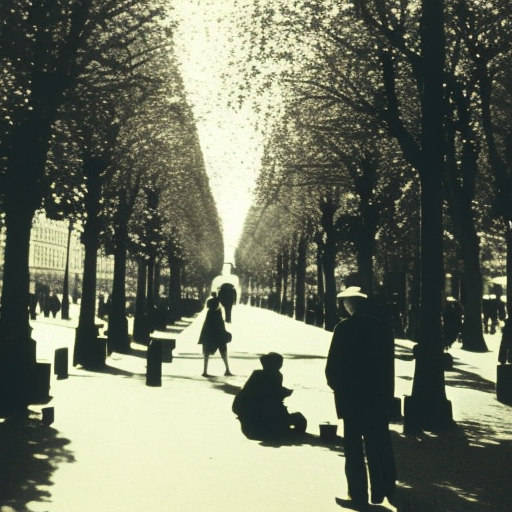Liberation of Paris: A Turning Point in World War II
The Liberation of Paris was a significant event that took place during World War II, marking a turning point in the conflict. It occurred from August 19 to August 25, 1944, when the French capital was freed from German occupation. The liberation of Paris was a joint effort by the French Resistance, supported by the Allied forces, and it played a crucial role in the eventual defeat of Nazi Germany.
The Occupation of Paris
After the fall of France in 1940, Paris came under German occupation. The city was subjected to strict control and surveillance by the occupying forces. The French people endured four long years of oppression, with restrictions on their freedom, shortages of essential supplies, and constant fear of reprisals. However, during this time, the French Resistance was secretly growing in strength and organizing acts of sabotage against the German occupiers.
The Role of the French Resistance
The French Resistance, a network of underground movements, played a vital role in the liberation of Paris. Comprised of various groups, including communists, socialists, and nationalists, the Resistance carried out acts of sabotage, collected intelligence, and provided support to the Allies. They disrupted German supply lines, destroyed communication networks, and gathered information on enemy movements.
The Allied Plan
As the Allies advanced through Europe, the liberation of Paris became a strategic objective. The plan to free the city, codenamed Operation Overlord, was part of a larger campaign to liberate Western Europe from Nazi control. The plan involved a two-pronged attack, with the American forces advancing from the west and the Free French Forces, led by General Charles de Gaulle, approaching from the south.
The Battle for Paris
On August 19, 1944, the uprising in Paris began. The French Resistance, supported by the local population, took control of key buildings and strategic locations throughout the city. They engaged in fierce street battles with the German forces, who initially resisted the uprising. However, as the Resistance gained momentum and the Allied forces closed in, the German resistance weakened.
The Arrival of the Allies
On August 25, the French 2nd Armored Division, under the command of General Philippe Leclerc, entered Paris. They were joined by the American 4th Infantry Division, led by General Jacques-Philippe Leclerc, and other Allied forces. The arrival of the Allies boosted the morale of the Resistance and the Parisians, who saw their liberation within reach.
The Surrender of the German Forces
Realizing that further resistance was futile, the German military governor of Paris, General Dietrich von Choltitz, surrendered to the French Resistance and the Allied forces on August 25, 1944. The liberation of Paris was celebrated by the Parisians, who poured into the streets to welcome their liberators. The French tricolor flag was raised once again over the city, symbolizing the end of German occupation.
Significance of the Liberation of Paris
The liberation of Paris had several significant implications. Firstly, it boosted the morale of the French people and the Resistance, who had endured years of occupation and oppression. It also demonstrated the growing strength of the Allied forces and their determination to defeat Nazi Germany. The liberation of Paris also had political implications, as it solidified General Charles de Gaulle’s position as the leader of the Free French Forces and the future president of France.
In conclusion, the Liberation of Paris was a pivotal moment in World War II. It marked the end of German occupation in the French capital and symbolized the turning tide of the war. The joint effort of the French Resistance and the Allied forces showcased the power of collective action and the resilience of the human spirit. The liberation of Paris was a significant step towards the ultimate defeat of Nazi Germany and the restoration of freedom in Europe.












